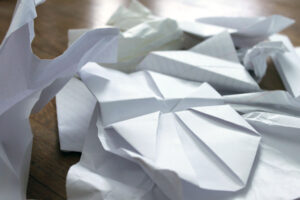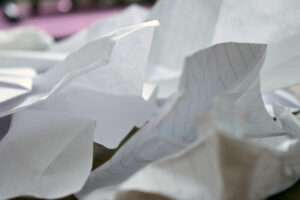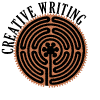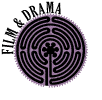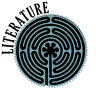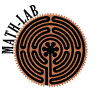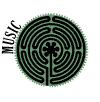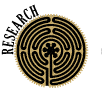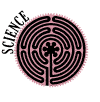“There are several words that still resonate from my high school science classes.
From botany, photosynthesis.
From marine biology, Echinodermata and Coelenterata.
From chemistry, stoichiometry.
And, from cellular biology, mitochondria.”
So begins the lesson.
“Mitochondria located in the cytoplasm are little energy factories within the cell. These amazing organelles enable respiration, which allows the cell to move, to divide, and to thrust their unique purpose. Mitochondria can have different shapes depending on the cell type. Because they contain their own DNA, ribosomes and can produce their own protein, mitochondria are only partially dependant upon the host cell.”
What I set out to explore with my students is the fact that mitochondria possess a double membrane, an outer, which is smooth, and an inner, which possesses many folds called cristae which exponentially increase membrane surface area.
“All living cells have mitochondria. But it is amazing to consider that typical animal cells have up to 2000 mitochondria… in each cell!”
I wanted to take their imagination on a journey between these folds.
“Folds give mitochondria their unique potential; enable the organelle to be highly productive. Cristae take batches of sugar and oxygen and produce ATP (adenosine triphosphate)—cell food.”
At the beginning of the year, science began by exploring the idea that science and art are uniquely connected.
Leonardo himself reminds us, “All our knowledge has its origins in our perceptions.”
My hope was to connect the exploration of mitochondria to the unit we had just completed on the human nervous system. We explored the potential of individuality as we explored the brain—human potential, genius. And here another potential to bridge the gap between learning information and sparking individuality presented itself, this time on a cellular level.
“So today, to continue our exploration of mitochondria, we are going to watch a film about origami.”
Yes, origami.
The students gathered round the TV. I popped in the DVD and set out to accomplish some administrative goals.
Not far into the film I overheard the little group letting out amazement. I was not surprised. But soon I witnessed something that caught me off guard. One-by-one individual students from the group ranging from the 5th through the 11th grader, got up to grab a stack of paper.
They were folding.
The film did not provide a directive to viewers. This was not a “fold-along” film. These students were engaging in the task spontaneously.
Being inspired is magnificent.
During the next biology workshop I provided instructions and large pre-cut squares of paper for the students to fold a hyperbolic parabola. This, to reinforce the film’s message that even paper has hidden potential.
“Folding paper is work. But your work is not in vain. Your work utilizes a fraction of potential. And the paper will never be the same.”
Dare I say, neither will they?
I think mitochondria is one of those words that will stick.
—Kim

